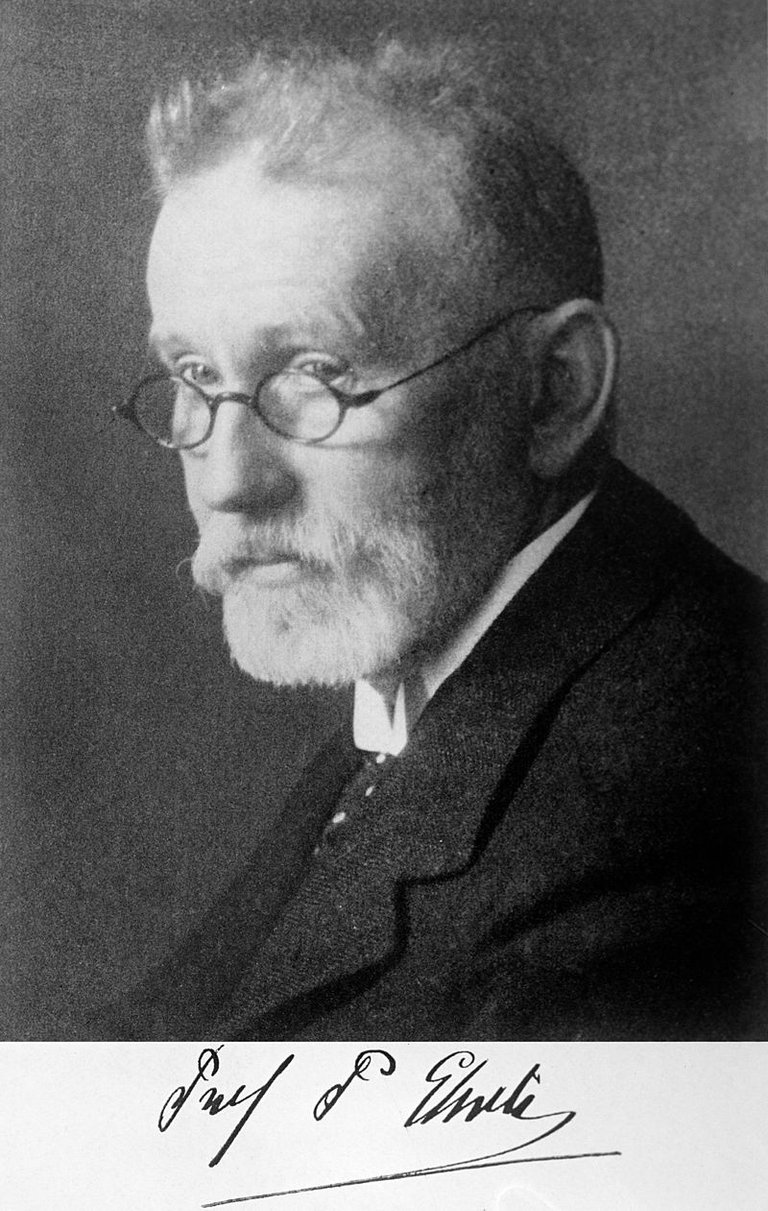Antibodies were originally called “antitoxins” because they neutralized toxic/pathogenic molecules produced by infectious organisms. It was originally thought that the diversity of antibodies/antitoxins was limited. However, work by Jules Bordet showed that nonpathogenic molecules/substances such as RBCs from other organisms could evoke an antibody response.
The term antigen soon became used to denote antibody generating substances. The “universal” nature of the immune system was bewildering since it was difficult to imagine how a nearly infinite range of possible antibody specificities was possible.
The “selective theory” actually predated the understanding of the universal nature of the immune response. Paul Ehrlich, working under the “antitoxin” mindset of a limited array of possible antitoxin (antibody) variation. Ehrlich’s theory was that certain blood cells had a variety of toxin receptors. If a toxin bound to a specific type of receptor on the blood cell’s surface, the blood cell would ramp up the production of that receptor type to sequester (soak up) free-floating toxins. Once the expanded range of antigens was understood, Ehrlich’s clever theory became less pragmatic.
The instructional theory provided an alternative to the selective theory. In this case, the antigen would interact with a receptor on the blood cell and teach (instruct) the antibody how to conform to the antigen’s surface. The advent of this theory was biased by the new observations in the 1930s and 1940s of how proteins folded.
The pendulum swung back toward the selective theory in the 1950s when a hypothesis known as clonal selection theory was postulated. Since there were huge numbers of blood cells, the formulators of this theory (F. MacFarlane Burnet, Niels Jerne, and David Talmadge) suggested that many of the blood cells produced their own distinct/unique receptor. Binding of antigen to the receptor caused the cell to proliferate thus creating a clonal population that all made the antigen-specific receptor.
The clonal selection theory had its own unique set of problems but has prevailed as the correct answer. We will spend many class periods breaking down how the immune system achieves this amazing capacity.
Paul Erlich (1915)

Image credit: Library of Congress (Public Domain)